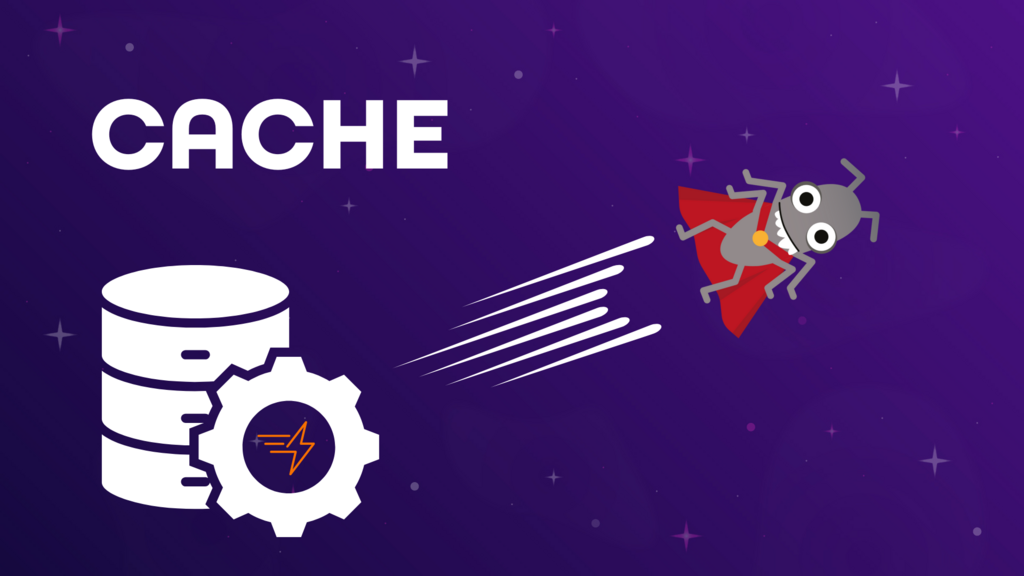A Cache (pronounced "cash") is a high-speed data storage layer that stores a subset of data, typically temporary, so that future requests for that data can be served up faster than if the data had to be retrieved from its primary storage location. Think of it as a temporary holding area for frequently accessed information, or the end of a supermarket aisle where the most popular products are displayed. When you access data, a copy might be stored in a cache. The next time you need that same data, the system first checks the cache. If it's there, it's retrieved quickly. If not, the system goes to the original, slower storage location, retrieves the data, and often places a copy in the cache for future use.
Caches are employed across various computing contexts, from CPUs (Central Processing Units) using small, ultra-fast caches to speed up instruction execution, to web browsers storing web page elements, and large-scale CDN (Content Delivery Network) systems storing popular content closer to users globally. The primary goal of a cache is to improve performance by reducing latency and increasing data throughput. While it can be 100 times faster than going to the source data, to put it into perspective, we are normally talking about the difference between microseconds and milliseconds.
Caches are employed across various computing contexts, from CPUs (Central Processing Units) using small, ultra-fast caches to speed up instruction execution, to web browsers storing web page elements, and large-scale CDN (Content Delivery Network) systems storing popular content closer to users globally. The primary goal of a cache is to improve performance by reducing latency and increasing data throughput. While it can be 100 times faster than going to the source data, to put it into perspective, we are normally talking about the difference between microseconds and milliseconds.




